Story – Chris Hector & Photos – Arnd Bronkhurst
Egbert Schep is another of that wonderful Dutch breed: the super dealer. But Mr Schep is a dealer with a difference, he breeds many of his horses, and has strong – and quite individual – views on that topic. I met up with him at the KWPN stallion show, where he was there in his capacity as a board member of the KWPN – and a major exhibitor of stallions at the selection. Mr Schep had mixed feelings about the result and was still non-plussed at the decision of the commission to reject his young stallion by Big Star – the stallion he sold to Nick Skelton…
You seem to have presented about half the young jumping stallions at this licensing…
Mr Schep laughs… “That’s not true but we had a lot. We had 12 stallions for the second selection, but actually I sold three before the stallion show, one to Greece, one to England, and one to Germany, so we started with nine here at den Bosch.’
You are only interested in jumping horses?
“That is the main business for us. We have a few dressage horses, but not too many. A few broodmares, a few stallions now and then, and last year, we had the Dutch champion dressage mare.”
Were horses a family business for you?
“No, my father was a farmer, and farmers used to work with horses, so the interest was there, but we were poor, and I wanted to ride. So I had to make a business so I could ride and that’s how I started in horse. I was already a dealer when I was eighteen, and I have been doing it now for forty-four years.”
Were you a good rider – or a better dealer?
“I was a normal rider, on national and light international level, I did well. I don’t know if I am a better dealer. All the horses we could not sell, I had to ride myself and get something out of it. That was the only way to survive.”
With the stallion prospects, do you breed them yourself, or do you travel all around looking for them?
“We breed ourselves with 35 mares every year. We have top broodmares, so most of the stallions are from our own breeding, half at least, the other half, I buy foals from foal sales, about 30-35 a year. In spring, in April, when they are one year old, we select. We let them jump four days in a row, group by group, then we decide which ones go on, and which, not. That is the first hard selection and it works.”
Even at that young age…
“One hundred percent, no doubt. The movement doesn’t change, the way of jumping doesn’t change, they have blood or they have no blood – you can see all that as a yearling, but you must have four days in a row, or even five days, they need to be tired and not fresh, and not scared, they need to know what they have to do. I do it just on one jump, they have to figure it out, they have to be smart, and you can see that with a yearling, perfectly. I don’t have to see them again until they are three years old, and they are then exactly the same as they were as a yearling.”
What was the first really good horse you discovered?
“That is so long ago. Jumbo Design maybe, that won’t mean anything to you, but 30/35 years ago, that horse was the Champion of Holland, the last big one was Big Star who I sold to the sponsors of Nick Skelton.”
“I found Big Star as a three year old.”
Was he a big star at three years old?
“They threw him out at the KWPN licensing! Just like they did with his son, yesterday. Okay, I do my own thing. Big Star is an amazing horse, the best horse at the Olympic Games. Also at the Pan American Games was won by a horse from me, Take One. We had the winner of the Pan American Games and the best horse of the Olympics.”
The one the commission didn’t like – by Big Star…
Why didn’t the KWPN commission like Big Star son yesterday?
“I don’t know. I didn’t even listen to the comments, I had things on my mind. I don’t know why they didn’t like Big Star either, I didn’t own him then. A colleague of mine got the horse to break and train, and he bought part of Big Star, then I bought the other part when I was convinced he was a good one.”
How soon did you know he was very very good?
“As soon as we rode him, we knew he was special. We had him for one-and-a-half years.”
Is it hard to sell a horse as good as that?
“He was five and a half when we sold him, but we sold him for good money, for a five year old it was a lot of money and we have to pay our bills, so we have to sell now and then.”
Which of the modern jumping stallion lines do you prefer?
“That is a hard question because we always talk about stallion lines, but I would say it’s better talk about mare lines because the mares are much more important than the stallion. If you look nowadays at the horses in the big sport, they are all by, of course, a good father, because there are enough good stallions, but they all come from mother lines that are dominant. The top horses all come from a good mare line. Every country in Europe has a few – only a few, like 10 or 20 – super mare lines. Belgium has four or five, Holland has maybe twenty, Germany the same story. It is always certain good mares that bring the good sport horses.”
You have those lines in your mare band?
“Otherwise I wouldn’t breed! For example, the mother of the two-year-old Big Star, that they didn’t take in the licensing, she has produced already seven horses for me, and she is in foal with the eighth one, and the first four are all Grand Prix horses, Ben Maher is riding one of them, by Heartbreaker. I bought the mare as a sport horse but she was too hot and too difficult at the higher level so I decided to breed with her, it’s a really hot, strong mare. She comes out of a very good family, out of the same mare line as Zapatero – that’s a very good mare line that produces many sport horses.”
What is your criteria when you look for a stallion? A proven stallion or do you take a chance with a younger stallion…
“I take a chance on younger ones if they have jumped good themselves, if I think they are good jumpers. Most important is the mother line, I have to know the mother line and know that there are sport horses out of that line, otherwise I don’t want them. It is always the same story, out of certain good mare lines, you can expect the jumpers.”
Can you pick them as foals?
“With a foal, what can you see? Only if he is an elastic mover, if it is an athletic horse, that’s the only thing you can see – and you can see something of the type, if he is long lined or not.”
What stallions will you use in the coming season?
“I don’t know yet. I have three or four foals from last year from Gemini, who is a clone from Gem Twist, who was a super jumper and a Thoroughbred. It is an experiment that I try.”
You don’t mind breeding to a clone?
“I said, it is an experiment, why not?”
Will the KWPN register the foal?
“We have decided that we register a horse with a clone father exactly the same – it just says that it is by a clone on the papers.”
more on stallions follows
At the 2014 KWPN licensing – by Falaise out of a Calvino Z mare…
Any other stallions?
“I have myself one stallion, Falaise du Muze, out of Walnut du Muze, that is ridden by Harrie Smolders. That horse is eight years old and jumps 1.40, I think he will go on to be a real Grand Prix horse. The first children are two-and-a-half years old, two mares, two stallions – and both stallions were selected for the stallion show and one was one of the best jumpers yesterday, an amazing good horse. For sure I breed a lot of mares with Falaise. The rest I have to think about…’
You have been dealing horses for 44 years, is it still a fun game?
“I still like it, not only the dealing part, more the whole horse business. We do everything. I like the sport, I’m actually crazy about jumping sport, then there is the breeding, and the young horses, and I like it all – I still like it, and I hope to like it for a while now.”
You don’t feel that international jumping is becoming too commercial?
“No. Too much money, that is true but it is not too commercial, it has always been commercial, but not like it is now. Now it is globalizing over the whole world and there is a lot of money involved. It is exactly the same what is happening with our sport now as what happened fifty years ago with the Thoroughbreds. For eighty years you could not imagine that an Arab Sheik had a Thoroughbred to race, and now it is very normal that they have a hundred horses to race, and very expensive horses. The same is happening now in the jumping sport, they want to compete, and they have money, so they buy the best horses, they have a good education and that’s how it goes nowadays. It is different from forty years ago but it is still fun!”
Kanndarco, combining two great stallions and available from IHB – www.ihb.com.au
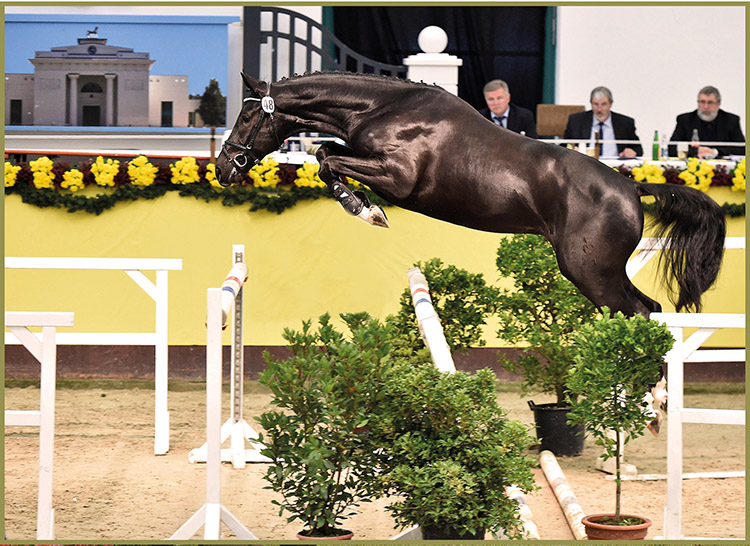

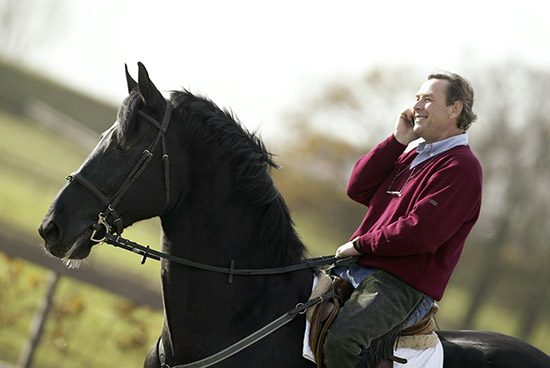
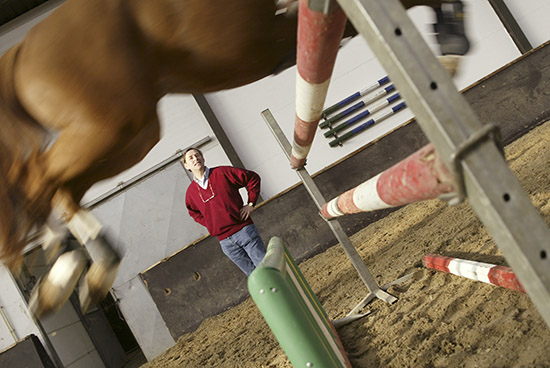
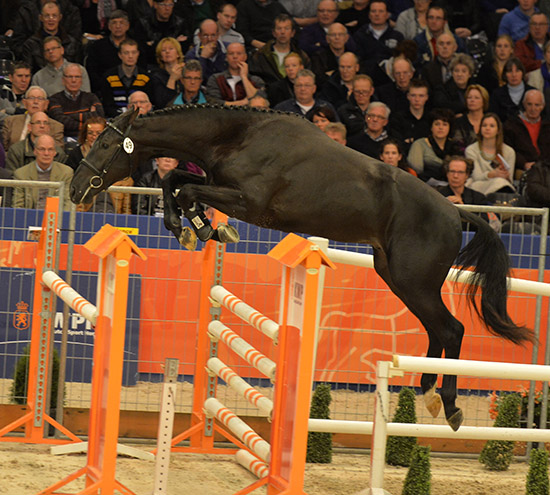
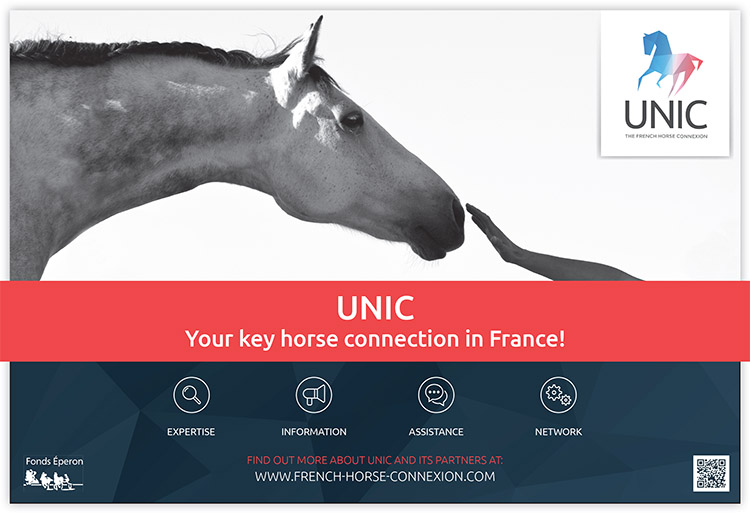
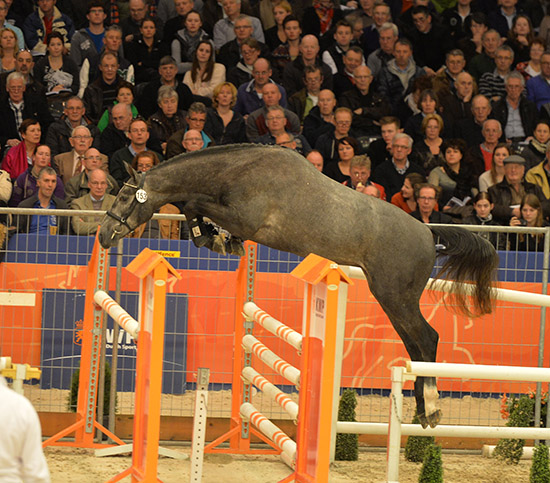
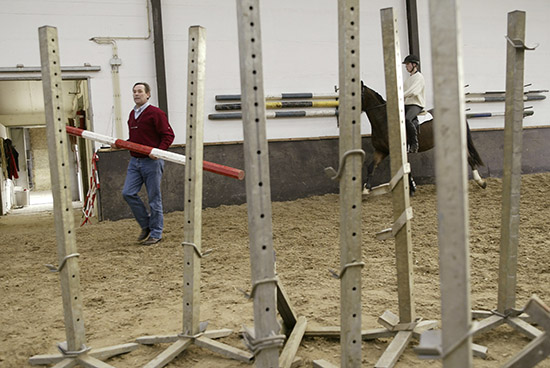
This is the best piece of editorial on showjumping breeding I have ever read. At last someone of standing has said what I’ve been saying for years that the dam line is vitaly important when breeding future 1.60m show jumpers. So much of the dam passes on to the foal so it makes sense that she should be a proven mare in her own right. Thoroughly enjoyed this article. Thank you for publishing it.
What an exceptional man, this is one of the most interesting articles I have read in a long time. So straight to the point and level headed with it. Thank you